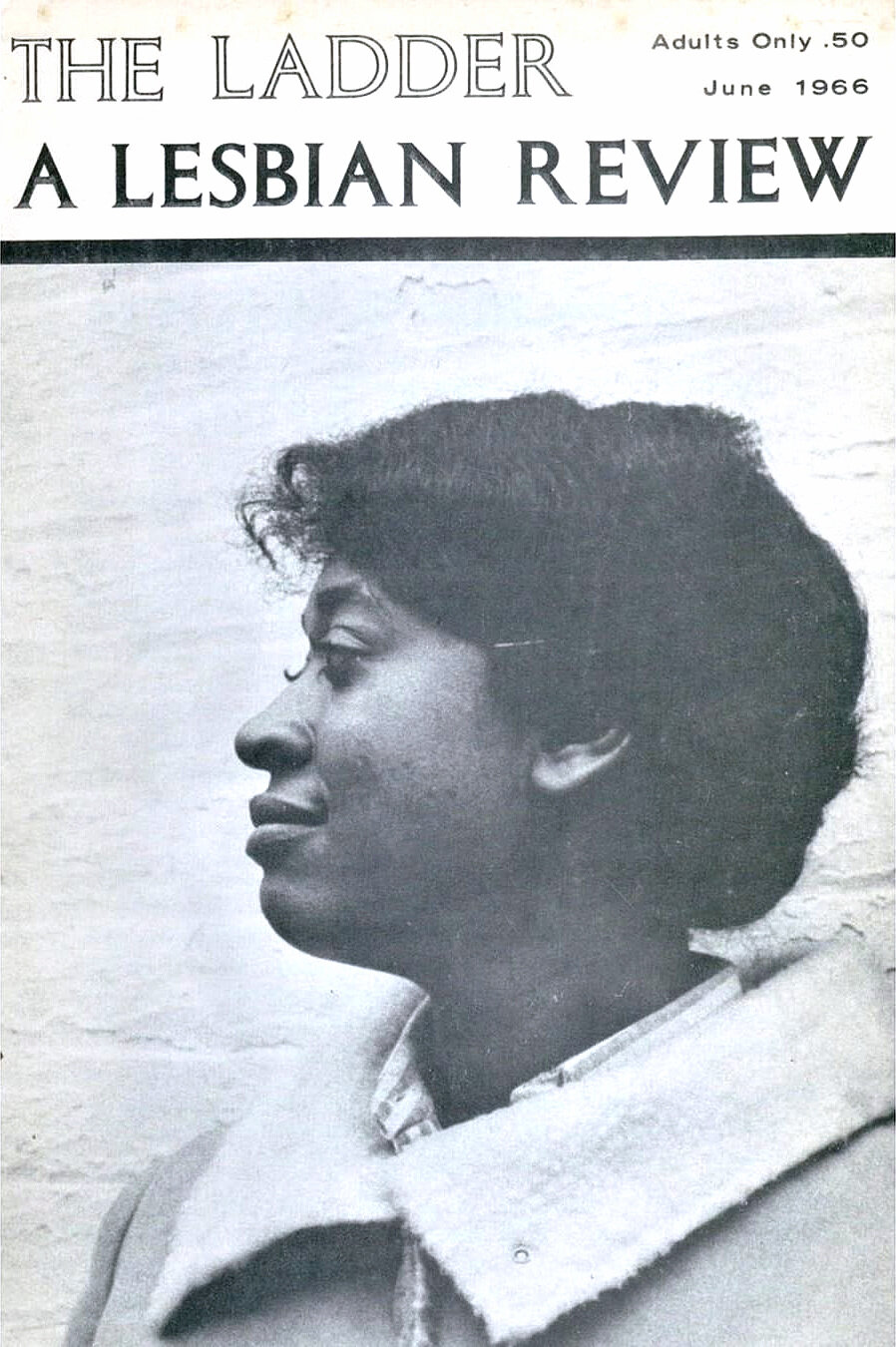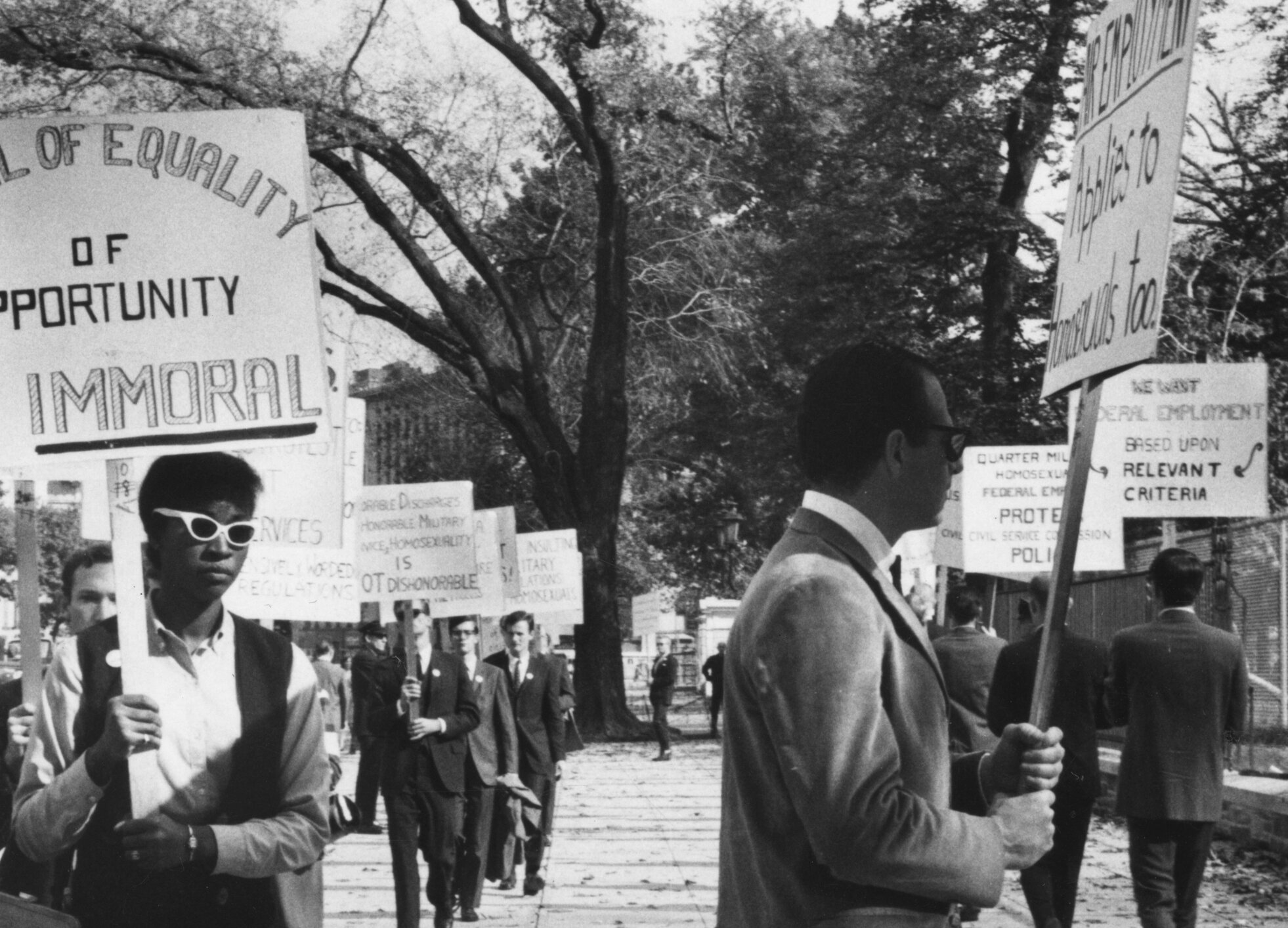34. Queers in the Civil Rights Movement
/For today’s episode, Leigh is joined by return guest host, Aubree Calvin, to commemorate Black History Month by telling the stories of some folks who made contributions to the Civil Rights Movement in the 1960s whose queerness has been overlooked or erased, and the ways in which the tremendous work done by Black activists was absolutely essential to the evolution of LGBTQ rights actions. Listen to hear about Freedom Rides organizer Rodney Powell’s epic takedown of Rev. Rick Warren, Ernestine Eckstein’s directions for the homophile movement, and Lorraine Hansberry’s thoughts on Eartha Kitt’s legs.
Our wonderful returning guest host for this episode is our fantastic friend and co-host of Southern Queeries Podcast, Aubree Calvin!
Aubree Writes on Facebook
@BreeinTX on Twitter
Aubree, or Bree to her friends and enemies alike, is a black, queer trans woman on the edge of turning 40. A southerner for most of her life, Aubree has family roots across the south. She loves studying politics, history, and learning about all aspects of queer culture. Aubree started her podcast, Southern Queeries, because she’s tired of society ignoring the south's diverse communities. Professionally, Aubree is a community college government professor and part time writer. When not talking, teaching, or writing, Aubree’s spending her free time with her wonderful wife and daughter.
You can also hear Aubree in our episode on Sister Rosetta Tharpe!
A Closer Look at Queer Folks in the Civil Rights Movement…
Rodney Powell
Rodney Powell’s school photo at St. Joseph’s University
Rodney Powell with his husband, Bob Eddinger, in hawaii
Rodney (standing) at the lunch counter of a Nashville Walgreens in March 1960.
Ernestine Eckstein
Ernestine Eckstein on the cover of the June 1966 edition of The Ladder. Credit: Photo by Kay Lahusen, Manuscripts and Archives Division, The New York Public Library.
Ernestine Eckstein in the White House picket line, October 23, 1965. Her sign reads: “Denial of Equality of Opportunity is Immoral.” Photo by Kay Lahusen, Manuscripts and Archives Division, The New York Public Library.
Ernestine’s class photo at Indiana University, showing her given name.
Ernestine with the Indiana Daily Student newspaper staff at Indiana University
Aaron Henry
Aaron Henry at the 1964 Democratic National Convention, reading from a document while seated before the Credentials Committee.
Brochure from Henry’s 1971 campaign for the Mississippi State Legislature.
Aaron Henry, circa 1980s. Photo from the Erle E. Johnston Jr. Papers, McCain Library and Archives, The University of Southern Mississippi.
Lorraine Hansberry
Lorraine Hansberry at her typewriter
Lorraine’s list from age 28 of things in her “Notes on Myself” entries. Check out Dorothy Secules’ name under the “I want”. Image courtesy of the Schomburg Center for Research in Black Culture, the New York Public Library
Lorraine Hansberry with Nina Simone
Below, a video of Nina Simone performing “To Be Young, Gifted and Black”, which was inspired by and written about Lorraine Hansberry.
If you want to learn more about the folks we covered in this episode, check out our full list of sources and further reading below!
Online Articles & Resources:
Freedom Indivisible: Gays and Lesbians in the African American Civil Rights Movement by Jared E. Leighton, University of Nebraska-Lincoln
“Rodney Powell: A Second Fight for Equal Rights” by Jaquetta White
“A Letter from Rodney Powell, Gay Man Who Helped Lead the Freedom Rides”
”The History Behind Why We Say a Person ‘Came Out of the Closet’” by Olivia B. Waxman
”What is the Origin of the Phrase ‘Come Out of the Closet’?” by Arika Okrent
”The Double Life of Lorraine Hansberry” (OUT Magazine, September 1999)
“Lorraine Hansberry’s Secret Lesbian Herstory Touched Upon in New Documentary” by Shervin Kayvon
Lorraine Hansberry: Letters to The Ladder - Illinois History & Lincoln Collections
“Lorraine Hansberry’s Letters Reveal the Playwright’s Private Struggle” by Melissa Anderson
“Opening the Restricted Box: Lorraine Hansberry’s Lesbian Writing” by Kevin Mumford
“Gay Liberation Needed the Civil Rights Movement” by Michelle Garcia
Books and Print Articles:
Looking for Lorraine: The Radiant and Radical Life of Lorraine Hansberry by Dr. Imani Perry
Aaron Henry: The Fire Ever Burning by Aaron Henry, Constance Curry
Gavins, R. (2016). March on Washington Movement (MOWM). In The Cambridge Guide to African American History (p. 178). Cambridge: Cambridge University Press.
Corrigan, L. (2019). Queering the Panthers: Rhetorical Adjacency and Black/Queer Liberation Politics. In QED: A Journal in GLBTQ Worldmaking . Vol. 6, Number 2, Summer 2009.
Films/Videos:









































